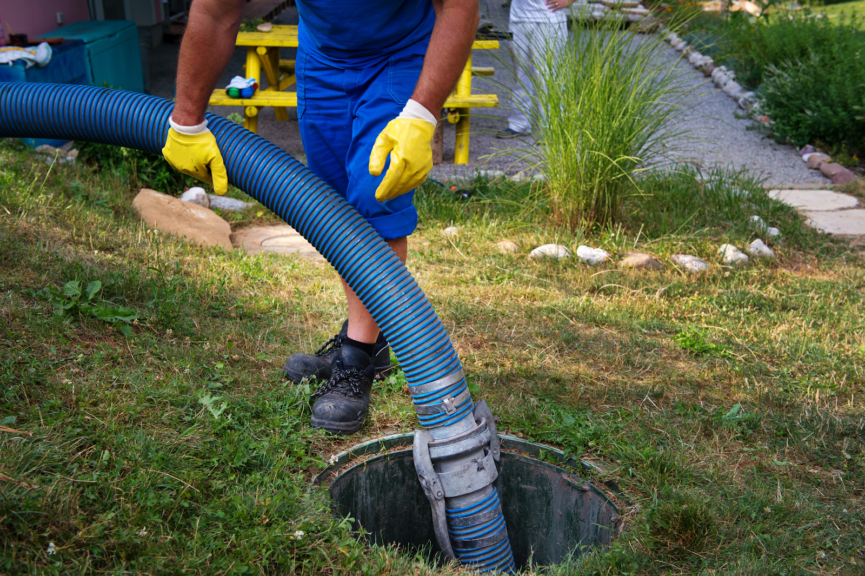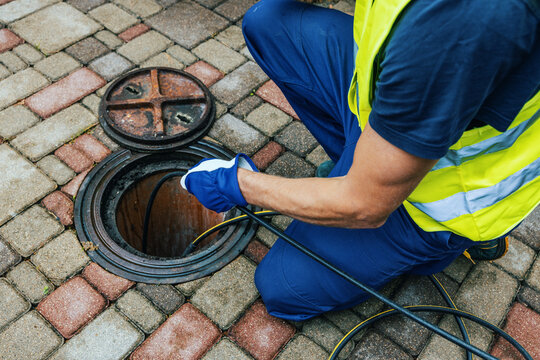Proper drainage is one of the most important factors in protecting homes, commercial buildings, and landscapes from water damage. Without a reliable system to manage runoff, even moderate rainfall can lead to erosion, foundation damage, and costly repairs. Professional Drainage services address these risks by creating controlled pathways that move water away from vulnerable areas.
This article explains how drainage services work, when they’re needed, and what options are available. You’ll learn about common drainage solutions, signs of poor water control, and the role of professional assessment in long-term property maintenance.
Why Drainage Matters for Property Stability
Water management isn’t just about avoiding puddles—it’s essential to preserving structures, landscapes, and overall property value. A well-planned drainage system improves safety and reduces long-term maintenance needs.
Long-Term Effects of Poor Drainage
When water is allowed to accumulate or flow incorrectly, it can slowly compromise key property features. These issues tend to grow worse over time if not addressed early.
- Foundation cracks or settlement from soil erosion or pressure
- Landscape erosion, especially near slopes or retaining walls
- Mold and mildew in crawl spaces or basements
- Wood rot and insect activity around consistently damp areas
- Standing water that damages lawns or garden beds
Effective drainage doesn’t just solve current issues—it prevents future ones by rerouting water safely.
Main Types of Drainage Systems and Their Functions
Drainage services typically involve a combination of techniques based on site layout, soil type, and property needs. Solutions range from surface-level fixes to subsurface systems that require excavation.
Surface Drainage Solutions
These methods manage water above ground and are typically the first line of defense in residential and commercial properties.
- Grading and slope correction: Adjusting soil elevation to guide water flow
- Channel drains: Installed along driveways, patios, or pool decks
- Gutters and downspout extensions: Direct rainwater away from buildings
Surface drainage is often paired with subsurface solutions when runoff volume is high.
Subsurface Drainage Systems
Subsurface systems work below ground to collect and move water that seeps into the soil or pools near foundations.
- French drains: Gravel-filled trenches with perforated pipes that redirect water
- Dry wells: Underground tanks that temporarily hold runoff to allow gradual absorption
- Sump pump systems: Remove groundwater from basements or crawl spaces
These systems require proper planning to avoid clogging, pooling, or ineffective water redirection.
Signs You May Need Drainage Services
Property owners often wait too long before contacting a drainage contractor. Knowing the early signs helps avoid larger structural issues.
Common Indicators of Water Problems
Visible and hidden signs both point to drainage problems. Watch for the following:
- Soil washout or pooling water after rain
- Basement dampness, odors, or water stains
- Cracks in exterior walls or concrete slabs
- Mold growth on lower levels of the structure
- Shifting patio stones or sinking walkways
Professional drainage solutions can help identify root causes and avoid costly trial-and-error fixes.
Drainage Design: Customized to Each Property
Every property requires a unique water management approach. Soil type, elevation, property size, and climate all factor into proper system design.
Role of Soil and Site Grading
Clay-heavy soil retains water and may need more aggressive subsurface solutions. Sandy soil drains well but may lead to erosion. Contractors often test and adjust soil compaction levels to match the drainage plan.
Site grading plays a critical role. The slope of your yard should direct water away from the home or building. When incorrect grading is present, surface water will seek the path of least resistance—often toward foundations or low-lying structures.
Working With Professionals
Drainage contractors inspect the entire property, from rooftop runoff to ground absorption. They’ll often use level instruments, dye testing, or soil probes to evaluate how water moves through the site.
Benefits of professional services include:
- Accurate system sizing for local rainfall and runoff volume
- Long-term durability and fewer failures
- Integration with landscaping or hardscape designs
- Compliance with municipal stormwater management requirements
Comparing Drainage Solutions
The table below compares key features of three common drainage systems used in residential or light commercial settings.
| Drainage Method | Best Use Case | Installation Depth | Maintenance Needs |
|---|---|---|---|
| French Drain | Saturated soil, near foundations | 18″–24″ below ground | Occasional flushing |
| Dry Well | Managing roof runoff | 3–6 feet | Sediment removal yearly |
| Surface Grading | Yard-level water pooling | Topsoil only | Periodic re-grading |
This comparison can help determine what might be appropriate for your specific needs.
Common Questions
What is the best drainage system for a wet backyard?
A French drain is often recommended for backyards with soggy ground. It redirects subsurface water to a more suitable exit point, such as a storm drain or dry well, while preserving the landscape above.
Can poor drainage damage my home’s foundation?
Yes, uncontrolled runoff can cause soil expansion or erosion near the foundation, leading to cracks or movement. Over time, this puts structural integrity at risk and may cause significant repair costs.
How do I know if I need grading or a drain?
If water consistently flows toward your home or pools in flat areas, grading may be necessary. If water is seeping into the ground and affecting basements or crawl spaces, a drainage system is likely required.
Are DIY drainage solutions reliable?
Simple fixes like downspout extensions can help in some cases, but larger drainage systems require accurate calculations and equipment. Improper installation can lead to worse problems over time.
Conclusion
Drainage services for water control protect more than just your yard—they help safeguard your home’s foundation, landscape investments, and long-term structural health. Whether surface runoff is damaging your lawn or groundwater is seeping into your basement, drainage experts can provide systems designed for both function and durability.
Understanding the types of drainage, the signs of water-related issues, and how these systems work is key to making informed decisions. With proper planning and by consulting with a professional landscaping and lawncare contractor, water can be directed safely away from any property, reducing both damage and maintenance.
FAQs
How deep should a French drain be installed? Most French drains are installed between 18 and 24 inches deep, though deeper installations may be necessary near foundations or high-volume water zones. The goal is to collect water at or just below the saturation point of the soil.
Is drainage necessary on flat land? Yes, flat properties are especially prone to water accumulation. Without slope, water tends to pool and requires grading or a subsurface solution to move it efficiently away from buildings.
What causes standing water after rain? Standing water often results from compacted soil, improper grading, or blocked drainage paths. A professional inspection can determine whether you need surface regrading or a subsurface system.
Can plants grow over a drainage system? Yes, turf, mulch, and shallow-root plants can be safely installed over systems like French drains. Deep-root trees or aggressive spreading plants should be avoided, as they may interfere with drainage components.
How often should drainage systems be inspected? Once installed, systems like French drains and dry wells should be checked annually. Look for signs of blockage, soil movement, or surface pooling that might indicate reduced performance.
Reviewer: Sophie Williams looked over this post and brought 7 years of field experience to her suggestions, helping ensure the content stays relevant to business owners and practical for everyday use.










